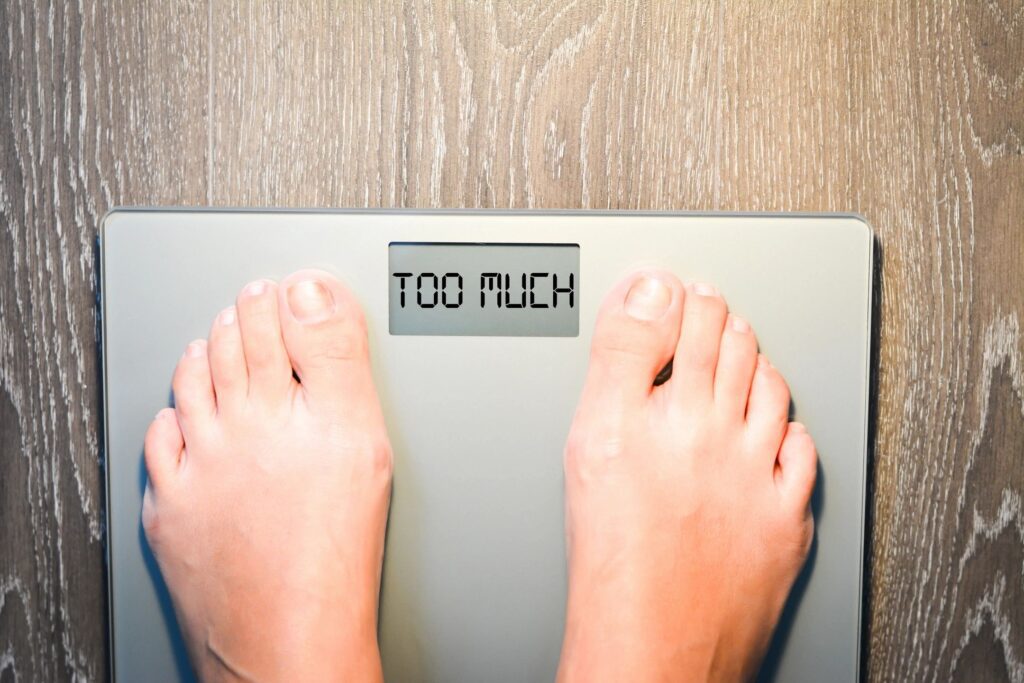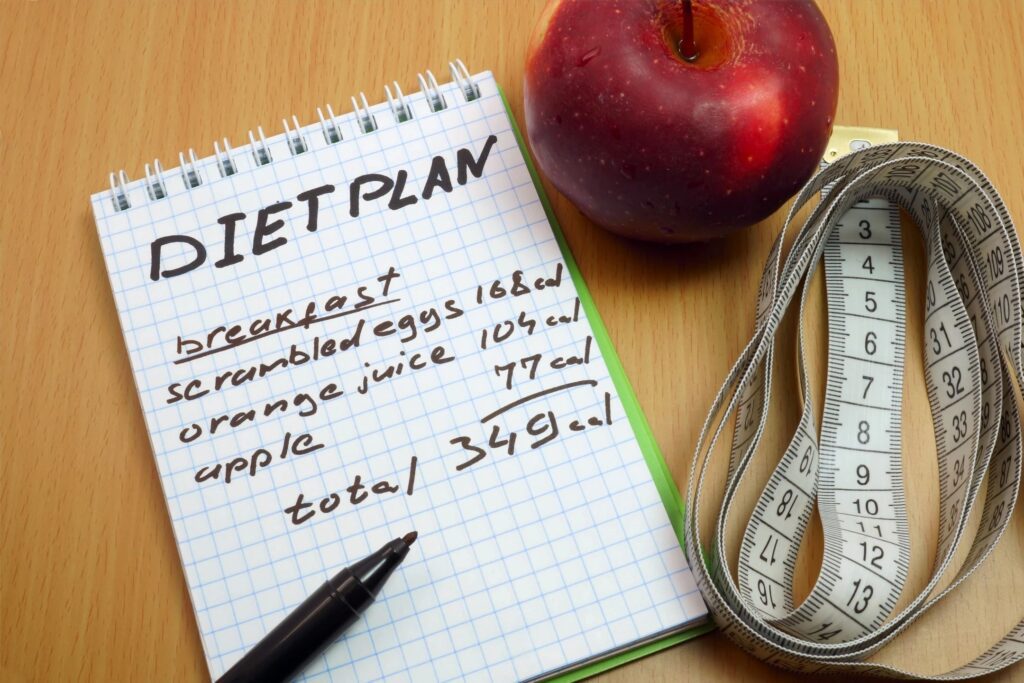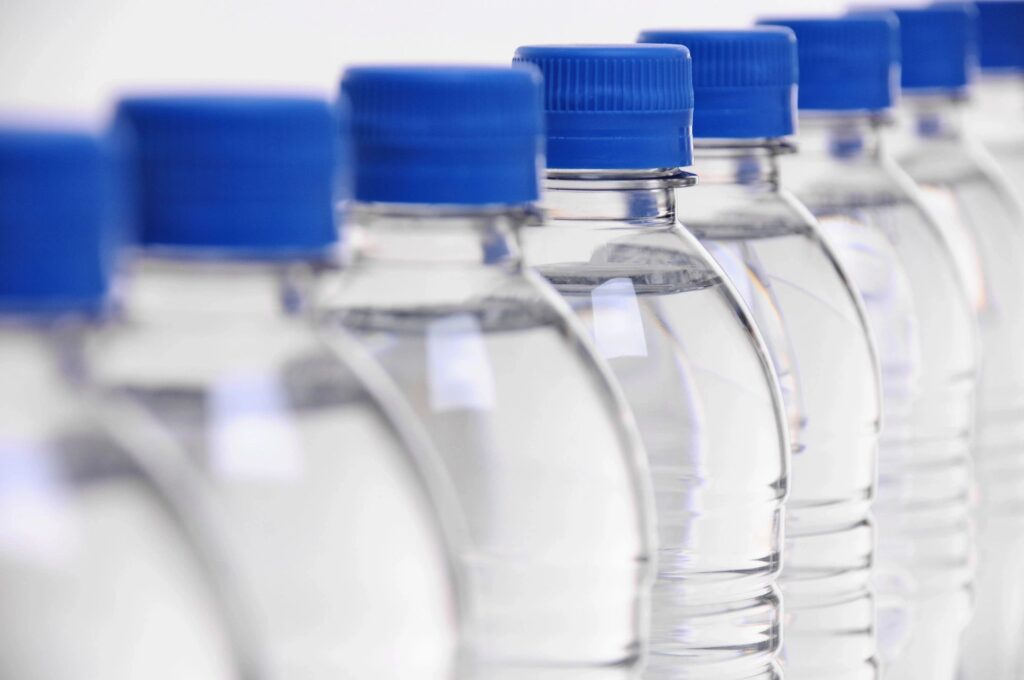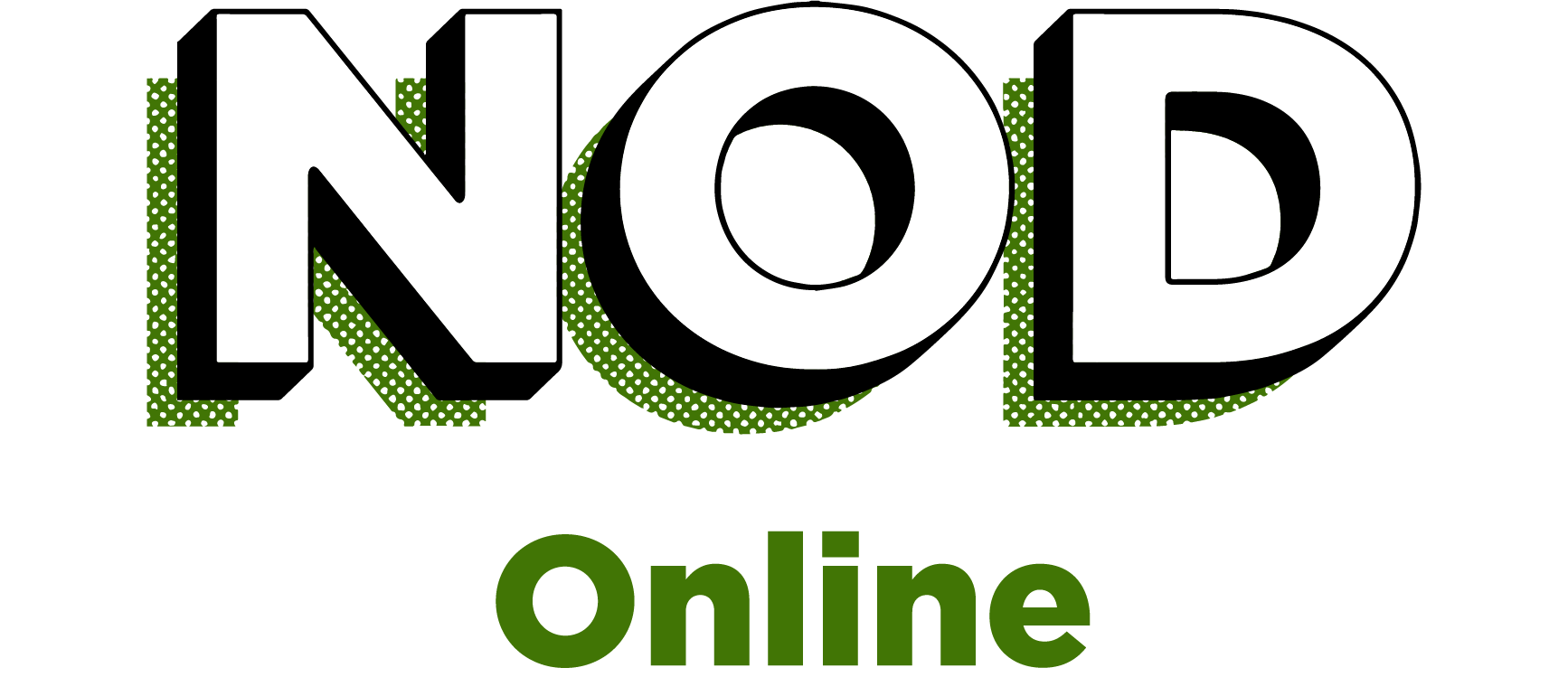
Weight Loss
Did you know that 39% of the global population is grappling with the challenges of being overweight or obese? The struggle to find the perfect balance between body weight, nutrition, and overall well-being can be overwhelming. Fear not – we’re here to guide you through every step of the way.
In a world where our health and well-being are of paramount importance, the journey to achieving and maintaining an ideal weight has become a common quest shared by many. Do you wish there was a way to attain some weight loss goal rewards? You just have to understand the right things.
From understanding the science behind weight loss to embracing body changes after childbirth, we’ve curated a comprehensive journey encompassing all the essential aspects of weight management.
Let’s get started.
OVERWEIGHT / OBESITY

Definition of Overweight and Obese
Overweight and obese are terms used to describe conditions where an individual has an excessive amount of body fat. It can have adverse effects on their health.
These conditions are typically determined by measuring a person’s Body Mass Index (BMI). BMI which is calculated using their weight and height.
Health Risks Associated with Excess Weight
Carrying excess weight can significantly impact an individual’s health and increase the risk of various medical conditions.
Let’s take a look at some of the most significant risks.
Heart Disease
Obesity is linked to high blood pressure, elevated cholesterol levels, and an increased risk of heart attacks and strokes.
The excess fat can put a strain on the heart, making it work harder to pump blood throughout the body.
Type 2 Diabetes
Being overweight or obese can lead to insulin resistance, where cells become less responsive to insulin, resulting in elevated blood sugar levels.
This condition increases the risk of developing type 2 diabetes.
Joint Problems
The extra weight places added stress on joints. It particularly affects joints in the knees, hips, and ankles.
Over time, this can lead to conditions like osteoarthritis, causing pain and limited mobility.
Sleep Apnea
Obesity can cause breathing difficulties during sleep. This will in time, lead to sleep apnea.
This condition results in interrupted breathing patterns during sleep, leading to daytime fatigue and other health issues.
Respiratory Issues
Excess weight can restrict lung function and lead to conditions like asthma and breathlessness. This will make physical activities more challenging.
Fatty Liver Disease
Obesity can result in the accumulation of fat in the liver. This can lead to non-alcoholic fatty liver disease (NAFLD), which can progress to more severe liver conditions if left untreated.
The Science of Weight Loss
There are a lot of books and online resources out there claiming to fully understand the science of weight loss. It’s good to be critical of these kinds of claims.
That being said, there are some scientific basics that we can look at to show how your weight can change.
Let’s take a look now.
How the Body Stores and Burns Fat
When we consume more calories from food than our body needs for daily energy expenditure, the excess calories are converted into fat and stored in adipose tissue. This storage occurs throughout the body.
Certain areas, such as the abdomen and thighs, tend to accumulate fat more readily.
When we create a calorie deficit by consuming fewer calories than our body needs, the body turns to its fat stores to meet its energy demands.
This leads to the breakdown of triglycerides, the main components of body fat, into fatty acids and glycerol. These are then released into the bloodstream to be used as energy by various tissues.
Role of Metabolism in Weight Management
Metabolism plays a crucial role in weight management. It represents the collective processes through which the body converts food into energy. Basal Metabolic Rate (BMR) is the energy required to maintain basic bodily functions at rest.
BMR is influenced by factors such as:
- Age
- Gender
- Body composition
- Genetics
Physical activity and the thermic effect of food (energy expended during digestion) also contribute to total daily energy expenditure.
Individuals with a higher BMR and those who engage in regular physical activity tend to burn more calories. This makes it easier for them to create a calorie deficit and manage their weight effectively.
Caloric Deficit: The Key to Losing Weight
At its core, weight loss relies on a simple principle: creating a calorie deficit.
A caloric deficit occurs when the number of calories burned through metabolism and physical activity exceeds the number of calories consumed from food and beverages. This deficit forces the body to use its energy reserves to meet its energy needs.
A safe and sustainable rate of weight loss is typically around 1 to 2 pounds per week.
To achieve this, a daily caloric deficit of about 500 calories is generally recommended. Extreme calorie restriction is not advised. It can lead to nutrient deficiencies and negatively impact overall health.
DIETING RESULTS

Dieting Results and Challenges
Achieving your dieting results is sometimes very difficult. Staying on the right path is important.
Here’s everything you need to know.
Short-term vs. Long-term Weight Loss Success
Short-term weight loss refers to the initial shedding of pounds achieved through various dieting methods. While this can be encouraging, it is important to focus on sustainable, long-term results.
Many crash diets or extreme weight loss programs may lead to rapid short-term weight loss. However, they are often difficult to maintain over time.
Long-term weight loss success is the ability to maintain a healthy weight over an extended period. This requires a more balanced and realistic approach to dieting, incorporating lifestyle changes that can be sustained in the long run.
Common Challenges and Plateaus During Dieting
Dieting is not without its challenges, and many individuals encounter obstacles along the way. Let’s take a look at some common challenges people face when dieting.
Food Cravings
Restricting certain foods can lead to intense cravings. This can make it difficult to stick to a diet plan.
Finding healthier alternatives or allowing occasional treats can help manage cravings and stay on track.
Plateaus
After initial weight loss, progress may slow down, and individuals may reach a plateau where their weight remains stable for a period.
This is a normal part of the weight loss journey. Adjusting the diet or exercise routine can help break through the plateau.
Social Pressures
Social gatherings and events often involve tempting, calorie-rich foods, making it challenging to stick to a diet.
Planning ahead and choosing healthier options or smaller portions can help navigate social situations without derailing progress.
BODY TRANSFORMATION

Achieving Body Transformation
Body transformation is a slow process that requires patience. Here’s how to get the most out of the journey.
Set Realistic Goals
It’s important to have a clear vision of what you want to achieve. Take into account your current fitness level, lifestyle, and time frame.
Realistic goals should focus on improving overall health and body composition rather than just a number on the scale.
Combining Exercise and Diet for Optimal Results
Achieving a successful body transformation involves a combination of proper nutrition and regular exercise. While diet plays a significant role in weight management, exercise is essential for reshaping the body.
A balanced diet that provides adequate nutrients to support muscle building and repair is crucial.
Role of Strength Training and Cardio in Body Transformation
Strength training helps build lean muscle mass. This not only improves physical appearance but also increases the body’s ability to burn calories at rest.
Muscle tissue is more metabolically active than fat. It continues to burn calories even when you are not exercising.
Cardio exercises contribute to calorie burn and support fat loss. Engaging in regular cardio workouts helps create a calorie deficit. This is essential for weight loss and reducing body fat.
IDEAL WEIGHT

Determining Your Ideal Weight
Before you can start on your transformative journey, think about what your ideal weight would be.
Here are some things to consider.
BODY FAT MEASURMENT

Understanding BMI
Body Mass Index (BMI) is a widely used method to estimate whether an individual’s weight is within a healthy range based on their height.
It is calculated by dividing a person’s weight in kilograms by their height in meters squared. BMI is good, but it has limitations.
BMI does not account for differences in body composition. As a result, it may not accurately reflect the health status of athletes or individuals with higher muscle mass.
BMI also does not consider factors like age, gender, and distribution of fat, which are relevant in determining overall health and ideal weight.
Factors to Consider When Setting an Ideal Weight Goal
When determining your ideal weight, it’s essential to consider various factors that can influence your health and well-being. Let’s have a look at these now.
Body Composition
Focus on achieving a healthy body composition. This could include a balance of muscle, bone, and fat mass.
This may mean that your ideal weight falls outside the range suggested by traditional BMI calculations.
Health Conditions
Consider any existing health conditions or risk factors that might be impacted by weight.
Consult with a healthcare professional to establish a weight goal that supports overall health.
Lifestyle and Activity Level
Your ideal weight should align with your lifestyle and activity level. If you engage in regular physical activity, your weight goal may differ from someone who leads a sedentary lifestyle.
Personal Goals and Satisfaction
Ideal weight is not solely about a number on the scale.
Think about how you feel physically and mentally at a certain weight. Aim for a weight that makes you feel healthy and confident.
Long-term Sustainability
The ideal weight goal should be sustainable in the long run. Extreme dieting or weight loss methods may yield short-term results but are often difficult to maintain and may be detrimental to overall health
DIET PLAN

Designing an Effective Diet Plan
If you want to lose weight and reach your ideal weight, you’ll need a diet plan. These are great tools to help you stay on track.
Let’s explore how to design one that will work.
Why Personalized Diet Plans Are Important
Personalized diet plans are essential for achieving optimal results and overall well-being.
Each individual has unique nutritional needs, lifestyle preferences, and health goals. A one-size-fits-all approach to dieting may not be effective in meeting these diverse requirements.
A personalized diet plan takes into account factors such as:
- age
- Gender
- Weight
- Activity level
- Medical history
- Food allergies
- Cultural considerations.
By tailoring the diet to an individual’s specific needs, it becomes more sustainable and easier to follow in the long term.
Types of Diets and Their Suitability
Various types of diets have gained popularity, each with its unique approach to nutrition and weight management. Some common diets include the following.
Mediterranean Diet
This diet is known for its emphasis on whole grains, fruits, vegetables, healthy fats (such as olive oil), and lean proteins.
The Mediterranean diet is suitable for overall health and disease prevention.
Plant-Based Diet
This diet is focused on plant-derived foods, such as vegetables, fruits, legumes, nuts, and seeds, with minimal or no animal products.
The plant-based diet is suitable for individuals seeking a more ethical and sustainable eating pattern.
DASH Diet
The Dietary Approaches to Stop Hypertension (DASH) diet prioritizes fruits, vegetables, whole grains, and low-fat dairy while limiting sodium intake.
It is suitable for individuals aiming to manage blood pressure and promote heart health.
The suitability of a diet depends on individual preferences, health conditions, and goals. Consulting with a registered dietitian can help identify the most appropriate diet plan for specific needs.
Sample Diet Plans for Different Goals
Still a bit overwhelmed? That’s okay. Here are some examples to get you started.
Weight Loss Diet Plan
A weight loss plan may include portion control, a balance of macronutrients, and a slight caloric deficit.
For example, a day’s meals could consist of oatmeal with berries for breakfast, a grilled chicken salad for lunch, and baked salmon with steamed vegetables for dinner.
Muscle Building Diet Plan
A muscle-building plan may include an increase in protein intake to support muscle synthesis.
The day’s meals could consist of scrambled eggs with whole-grain toast for breakfast, a quinoa and chickpea salad for lunch, and a lean beef stir-fry with brown rice for dinner.
Heart-Healthy Diet Plan
A heart-healthy plan may focus on reducing saturated and trans fats while increasing fiber and omega-3 fatty acids.
Meals could consist of a smoothie with spinach, banana, and chia seeds for breakfast, a lentil and vegetable soup for lunch, and baked cod with asparagus for dinner.
Sample diet plans should be used as a starting point and can be personalized further based on individual preferences and dietary requirements. Working with a registered dietitian ensures that the diet plan is tailored to specific goals and health needs.
CHILDBIRTH WEIGHT GAIN

Childbirth Weight Gain
Pregnancy puts a lot of stress on the body. One of the side effects of carrying can be weight gain.
Here is everything you need to know about pregnancy weight gain.
Understanding Pregnancy Weight Gain
Weight gain during pregnancy is perfectly normal. It is nothing to worry about or be ashamed of. It is a natural and necessary part of the process as the body nurtures and supports the growing baby.
It is essential for the health and development of the fetus and prepares the mother’s body for childbirth and breastfeeding.
The amount of weight gained during pregnancy varies from woman to woman and is influenced by factors such as pre-pregnancy weight, maternal age, and overall health.
Postpartum Weight Loss Strategies
After childbirth, many women are eager to return to their pre-pregnancy weight and shape. However, it’s essential to approach postpartum weight loss with patience and realistic expectations.
It took nine months to gain the pregnancy weight, and it’s reasonable to allow several months for the body to recover and adjust after childbirth. Breastfeeding can aid in postpartum weight loss. It burns additional calories and helps the uterus contract.
Focus on a balanced diet that provides essential nutrients for recovery and breastfeeding rather than restrictive diets. Engaging in light to moderate exercises, as recommended by a healthcare provider, can help with postpartum recovery and weight loss.
Joining postpartum exercise classes or support groups can provide motivation and encouragement.
Coping with Body Changes After Childbirth
Pregnancy and childbirth bring significant changes to a woman’s body, and it’s essential to approach these changes with self-compassion and acceptance. Allow yourself time to heal physically and emotionally after childbirth. It’s normal for the body to take several weeks or months to recover.
Take time to focus on the remarkable journey of childbirth and the joy of becoming a mother rather than solely on physical appearances. Share your feelings and concerns with your partner, friends, or a support group. Talking about your experiences can be therapeutic.
Aim for a healthy and sustainable lifestyle rather than striving for unattainable body ideals.
Be kind to yourself at all times. Remember that each woman’s postpartum journey is unique. There is no right or wrong way to experience it. Treat yourself with kindness and patience as you navigate this transformative period.
WATER RETENTION

Dealing with Water Retention
The last thing that we’re going to delve into is water retention. It is a condition that not many people are aware of, so let’s get a better understanding of it.
Water Retention and Its Causes
Water retention, also known as edema, is a condition characterized by the accumulation of excess fluid in body tissues. It commonly affects the hands, feet, ankles, and legs but can occur in other parts of the body as well.
There are various factors that can contribute to water retention. One of the primary factors is the intake of high amounts of sodium in the diet. When sodium levels are high, the body retains more water to maintain a balance of electrolytes.
Hormonal changes can also play a role in water retention. Women may experience temporary water retention during their menstrual cycle or pregnancy due to hormonal fluctuations.
Prolonged periods of sitting or standing without movement can hinder the body’s ability to pump fluids back up from the extremities, leading to swelling.
Managing Water Retention through Diet and Lifestyle
Managing water retention involves adopting dietary and lifestyle changes to reduce fluid buildup and promote healthy fluid balance in the body.
One of the key strategies is to lower sodium intake in the diet. Reducing the consumption of processed foods, canned goods, and excess salt in cooking can help decrease fluid retention.
Staying hydrated is also crucial in managing water retention. Drinking enough water can help flush out excess sodium and toxins from the body, thereby reducing the risk of water retention.
Including foods rich in potassium in the diet is another helpful approach. Potassium helps balance sodium levels and supports proper fluid balance.
Regular physical activity is beneficial for improving circulation and preventing fluid from pooling in the extremities. Engaging in at least 30 minutes of moderate exercise most days of the week can help reduce the occurrence of water retention.
Elevating the legs can be effective in reducing edema. If a person experiences swelling in the legs or feet, elevating them above heart level can promote fluid drainage and alleviate edema.
Gradually Work Towards Your Weight Loss Goal Rewards
Understanding the complexities of weight management empowers us to make informed choices for our well-being.
We’ve explored the key aspects of this transformative journey. Remember, there is no one-size-fits-all solution, but with dedication and a holistic approach, triumph over weight management is within reach. You can get your weight loss goal rewards.
So, let’s embark on this path with confidence, armed with knowledge, and embrace the positive changes that await us on the road to a healthier and happier life.
If you’re interested in learning more about health and wellness, then take a look at some more of our content today. Better yet, sign up for our newsletter to get the freshest content right in your inbox.
